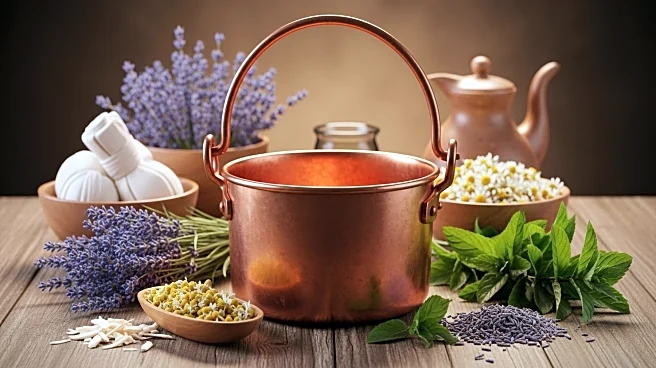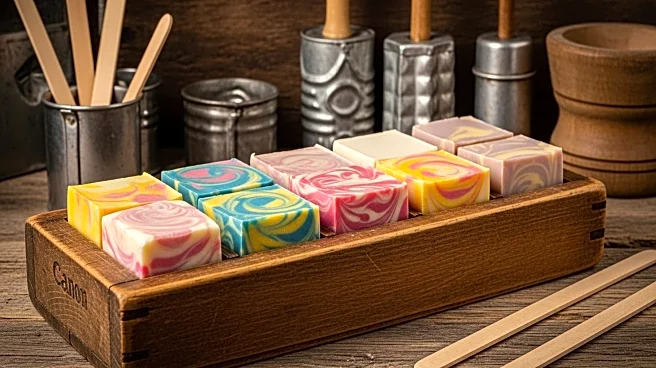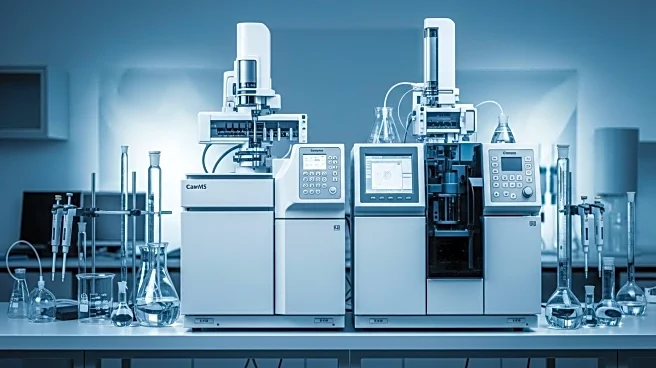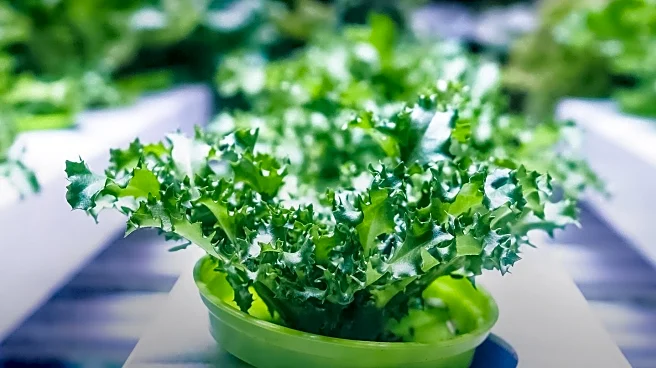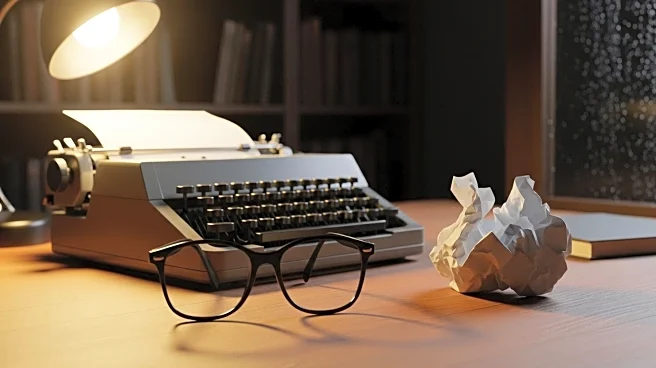What is the story about?
The creation of soap is a process steeped in history, with its origins dating back to ancient times. The method involves the chemical reaction known as saponification, where fats or oils are combined with lye to produce soap. This process has been refined over centuries, with significant contributions from various cultures and advancements in techniques.
Founding or Discovery
The earliest records of soap making date back to ancient Babylon, around 2800 BC, where soap-like substances were used for cleaning. The process was further developed by the Romans and later by medieval Europeans, who improved the quality and variety of soaps available.Key Contributors
Galen, a 2nd-century AD physician, was one of the early documenters of soap making, describing the use of lye in the process. His writings highlight the importance of soap for personal hygiene and its increasing use during his time. Zosimos of Panopolis also contributed to the documentation of soap making techniques around 300 AD.Design or Method
The traditional method of soap making involves heating fats or oils with lye and water. This mixture is then allowed to cool and harden, forming soap. Over time, the process has been refined to improve the quality and consistency of the final product. Modern soap making often uses vegetable oils and incorporates various additives for fragrance and color.Early Reception
Soap was initially a luxury item, used primarily by the wealthy for personal hygiene. As the process became more widespread and refined, soap became more accessible to the general population. The development of industrial soap production in the 19th century further democratized its use, making it a staple in households worldwide.AI Generated Content
Do you find this article useful?
